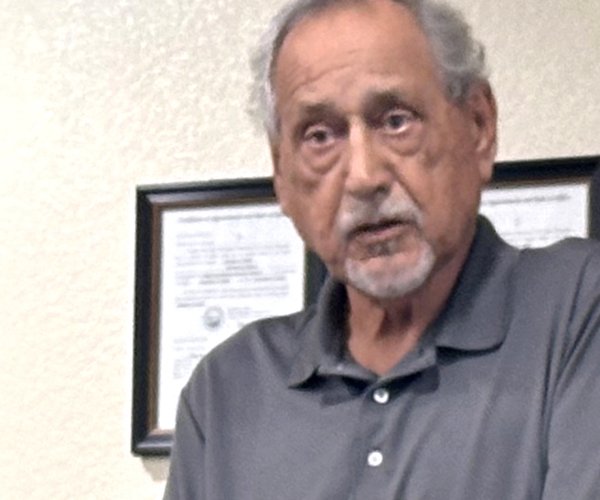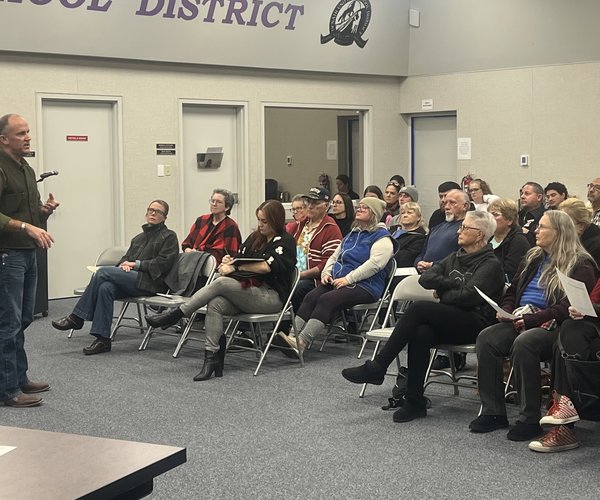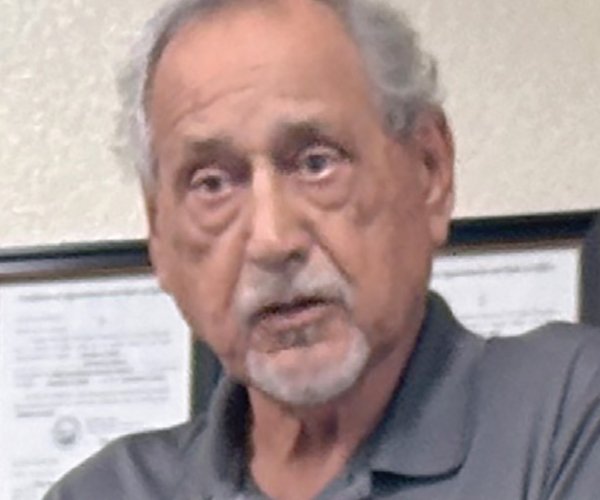A request to create additional space in Don Pedro Reservoir during what officials are calling the Tuolumne River Watershed’s wettest year in recorded history was denied Friday, according to the Turlock Irrigation District. TID filed a request with the U.S. Army Corps of Engineers for a deviation to maintain releases of approximately 16,000 cubic feet per second until Don Pedro Reservoir is lowered to 815 feet. Based on current weather forecasts and inflows, TID said Thursday that this process would have taken anywhere from eight to 10 days.
Don Pedro spillway to close in next two to three days





